I am following this example.
OpenCV Aruco example with image
And following is the code snippet I am using to detect the markers. I am unable to understand why the example is not working for me.
import numpy as np
import cv2
import cv2.aruco as aruco
import os
im_names = filter(lambda x: x.endswith('.png'),
[f for f in os.listdir('local_vids_ims')])
for imn in im_names:
image = cv2.imread('local_vids_ims/' + imn)
# image = cv2.cvtColor(image, cv2.COLOR_BGR2GRAY)
aruco_dict = aruco.Dictionary_get(aruco.DICT_6X6_250)
parameters = aruco.DetectorParameters_create()
corners, ids, rejectedImgPoints = aruco.detectMarkers(
image, aruco_dict, parameters=parameters)
print(corners, ids, rejectedImgPoints)
# aruco.drawDetectedMarkers(image, corners)
aruco.drawDetectedMarkers(image, rejectedImgPoints)
cv2.imshow('gray_im', image)
cv2.waitKey(0)
cv2.destroyAllWindows()


